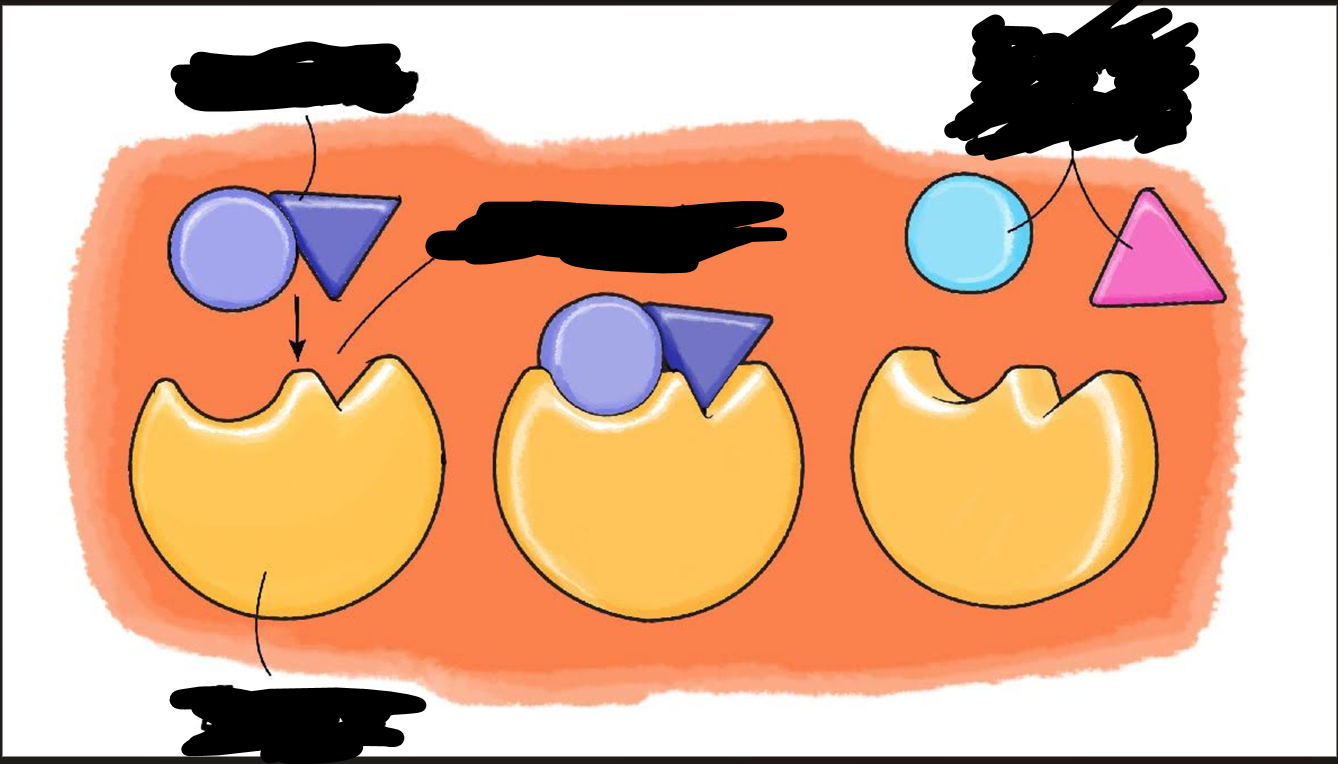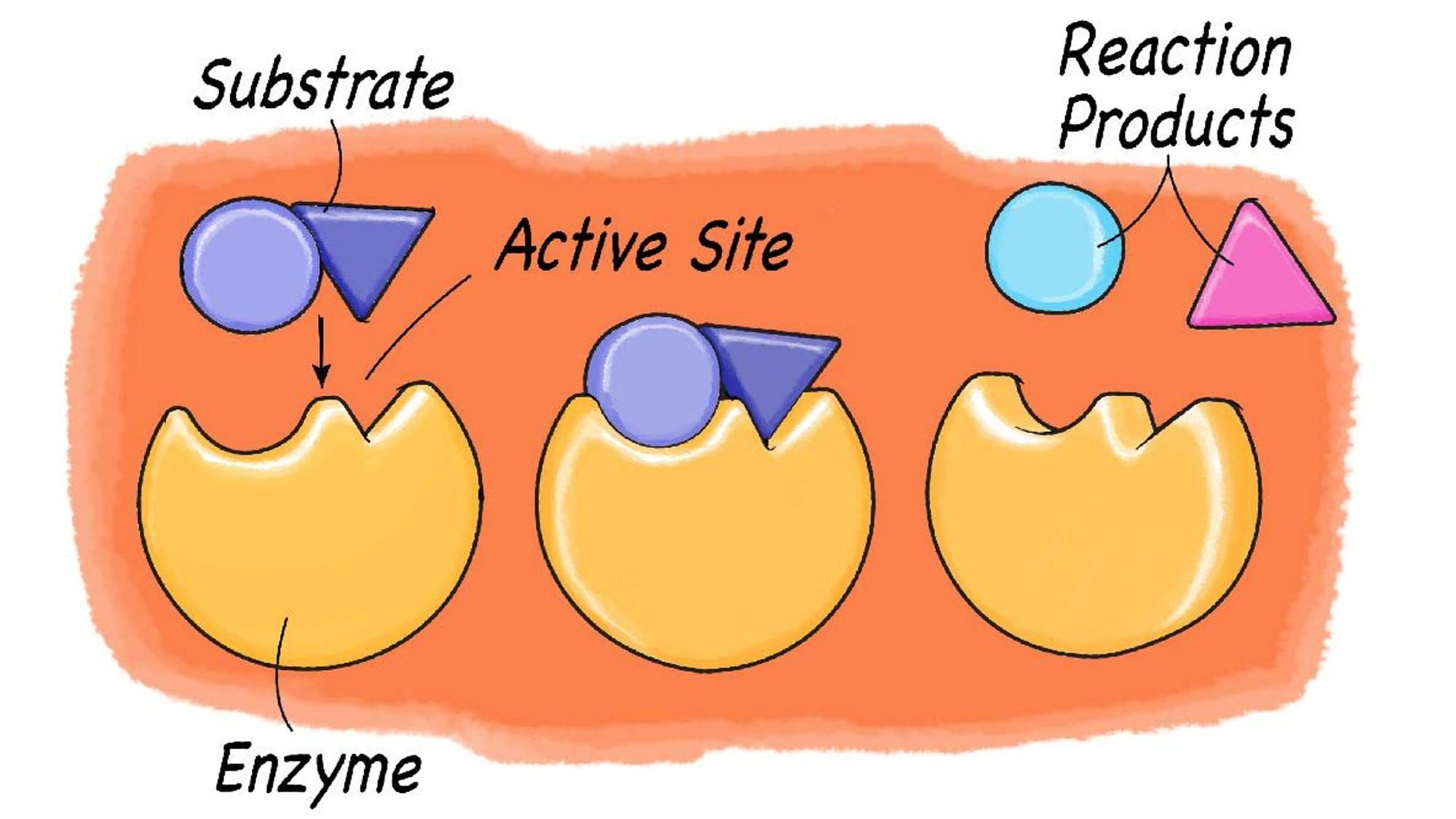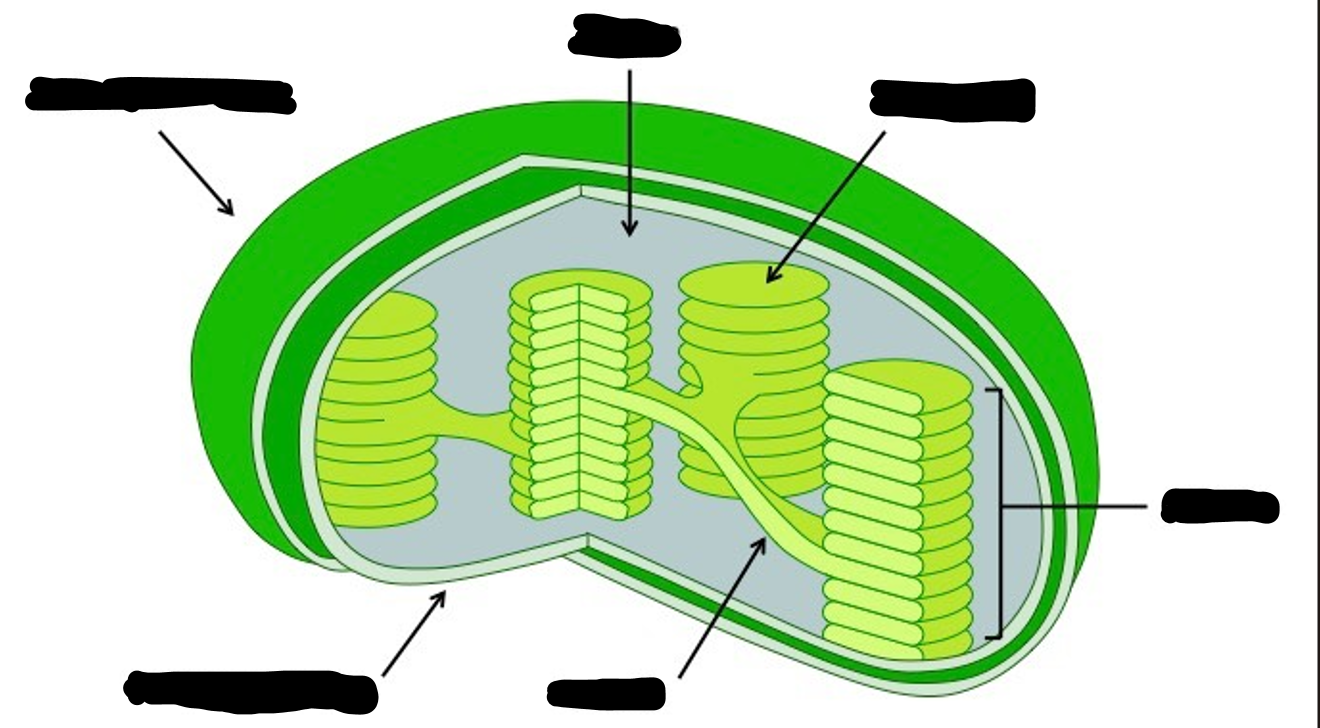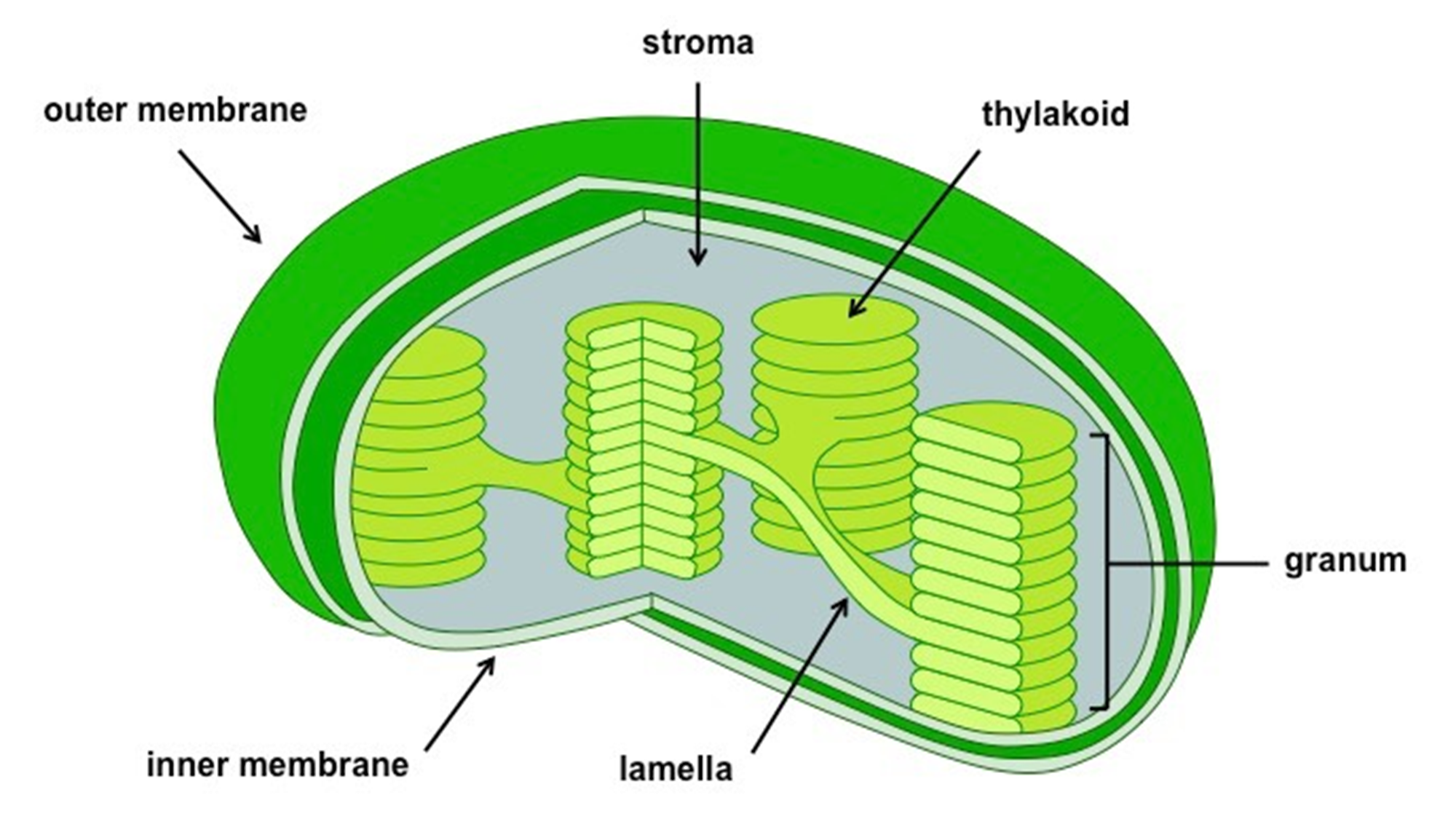Cell Metabolism
1/34
There's no tags or description
Looks like no tags are added yet.
Name | Mastery | Learn | Test | Matching | Spaced |
|---|
No study sessions yet.
35 Terms
How many biochemical processes take place
Thousands of biochemical processes that take place in eukaryotic cells.
What is Cell Metabolism
Cell metabolism refers to all the biochemical reactions occurring in an organism.
Examples of cell metabolism
photosynthesis, Krebs cycle & Glycolysis (aerobic respiration), Electron Transport Chain & protein synthesis.
Why is Cell Metabolism important
These reactions are critical to the survival of cells, and organisms as a whole.
What are cells?
•Cells are like little factories and have many cell organelles.
What do membrane bound organelles possess?
•Many of these membrane-bound organelles contain specific enzymes (something that speeds up reactions) to assist in these biochemical processes.
where do most of these reactions occur?
•Most reactions occur in metabolic pathways, where a substrate (substance being broken down) is converted to a product (what is being made) by an enzyme.
•There may be follow up reactions on this product, which turns into a substrate and is then acted upon by other enzymes (metabolic pathway).
What may happen to the product after going through a metabolic process?
•There may be follow up reactions on this product, which turns into a substrate and is then acted upon by other enzymes (metabolic pathway).


What does each substrate not have in common?
•Each substrate has its own shape which can only bind to the active site of its own specific enzyme.
What is the active site?
Active site is the part of the enzyme which binds to the substrate
What are competitive inhibitors?
•Competitive inhibitors are molecules that will bind to the active site of an enzyme.
What do competitive inhibitors prevent?
•This prevents the substrate from binding to the active site.
Example of a competitive inhibitor
•Penicillin is a competitive inhibitor which prevents bacteria from binding to enzymes.
What are allosteric sites
An allosteric site is a unique region of an enzyme other than the substrate binding site that affects catalysis.
What do allosteric sites do?
allows molecules to either activate or inhibit, or turn off, enzyme activity.
The benefit of cell metabolism
generation of metabolic energy in the form of adenosine triphosphate (ATP), which is needed for almost all cellular activities.
What are the 2 types of metabolic pathways?
•Pathways that release energy, by breaking down complex molecules.
•Example is aerobic respiration.
•Pathways that build up larger complex molecules, from simpler ones.
•Examples is photosynthesis in plants.

Where does glycolysis occur?
Glycolysis occurs in the cell cytoplasm, before entering the mitochondria where the remainder of aerobic respiration takes place.

What does glycolysis ensure
This step-wise process ensures the reaction does not occur too rapidly, which would cause the cell to “burn up”, as heat is released after each step.
Where is the site of the 2 final stages of aerobic repsiration?
Mitochondria; site of the final two stages of aerobic respiration:
•Krebs cycle (aka Citric acid cycle)
•Electron transport chain
Where else does the final stages of aerobic respiration occur?
Or remaining in the cytoplasm and undergoes alcohol or lactic acid fermentation.
Proteins go through inner membrane of mitochondria to release energy.
Where does Krebs Cycle occue
•Krebs cycle occurs in the matrix of the mitochondria.
Where does electron transport chain occur
•
•Electron transport chain occurs in the cristae (folded inner membrane extensions), which have enzymes embedded in them – speeds up process.
•Folded inner membrane provide a large surface area.
•This increase productivity of ATP.
Where does a light dependent reaction occur?
Light-dependent reactions occur on thylakoids, flattened sac-like membranes.
What do thykaloids contain?
Thylakoids contain chlorophyll and enzymes that catalyse (accelerate reaction) them.
Thylakoids are stacked on top of each other in grana (granum for singular) like coins.
What does grana contain?
Grana contain chlorophyll stacked in layers called lamellae, which are thought to increase chance of light passing through being absorbed by chlorophyll.
what are light independent reactions
Light-independent reactions (do not rely on light) make up a metabolic pathway known as the Calvin Cycle.
This occurs in the stroma and is where glucose is formed.



Why do we need enzymes?
•Enzymes reduce the activation energy required for the reaction to occur.
•Each enzyme performs a specific function in metabolic pathways.

Environmental factors and enzymes
Each enzyme works best at optimal conditions:
•Temperature
•More temp = more kinetic energy = more chance of binding to substrate
•Too high a temperature denatures the enzyme, changing its shape.

How does pH affect enzymes
Each enzyme works best at optimal conditions:
•pH
•Most enzymes work between at pH’s between 6-8
•Some digestive enzymes work best in acidic conditions (pH = 2), and some in alkaline conditions (pH = 9) in the intestine
•Outside optimum pH, denatures enzymes

What do cofactors and coenzymes have in common?
Each enzyme works best at optimal conditions:
•Cofactors & Coenzymes:
•Bind to active site or other area of the enzyme (allosteric site):
Difference between cofactors and coenzymes
•Cofactors are inorganic substances such as copper, iron & zinc
•Coenzymes are organic substances such as vitamins
•These are also called allosteric modulators
What are chemical inhibitors
Many poisons and toxins act as chemical inhibitors.